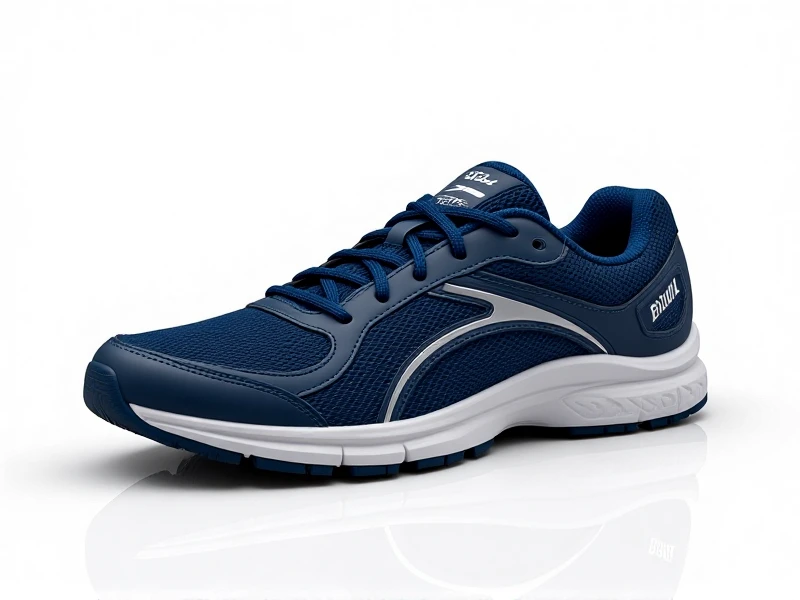
Ultimate Guide to Choosing the Best Fitness Shoes for Your Routine
Fitness shoes aren't just another item in your gym bag—they're an investment in your health and performance. Whether you're hitting the trails, lifting weights, or doing HIIT sessions, the right pair can make a huge difference in comfort and injury prevention. Think about it: poorly fitted shoes lead to aches and setbacks, while top-notch models support your feet through every move. In this guide, I'll walk you through how to pick the perfect fitness shoes based on my years of testing different brands for various activities. Let's dive in—it's time to upgrade your gear and elevate your workouts.
First off, not all fitness shoes are created equal. For runners, lightweight trainers with cushioning are key to absorbing impact on pavement. Brands like Nike and Brooks offer great options that mold to your stride over time. If you're into strength training or CrossFit, opt for stability-focused shoes with flat soles—I've found Adidas or Reebok models provide that secure base for heavy lifts and squats. And for versatile gym-goers, hybrid shoes balance flexibility and support, perfect for switching between cardio and agility drills. Always check the sole grip too; a slip during burpees or box jumps is something you want to avoid at all costs. Start by matching the shoe type to your primary activity—this simple step saves you money and frustration down the line.
Now, how do you choose fitness shoes that truly fit? Ignore the hype and focus on comfort and function. When trying on pairs, give them a test jog or squat in-store to feel the arch support—it should cradle your foot without pinching. Measure your feet later in the day when they're swelled up to ensure the right size, and consider orthotics if you have high arches or pronation issues. Materials matter too: breathable mesh keeps things cool during intense sweat sessions, while durable rubber outsoles handle rough surfaces. I always look for shoes that feel like they're hugging my feet from day one, not breaking them in over weeks. Remember, a proper fit translates to better balance and energy efficiency, so don't rush this part.
Beyond fit, good fitness shoes boost your workout game by preventing injuries. Say goodbye to shin splints or plantar fasciitis—supportive midsoles distribute pressure evenly, cushioning every step during miles of cardio. For example, ASICS models excel in shock absorption, which is a lifesaver on concrete or treadmills. Plus, responsive designs improve performance: lighter shoes help you move faster in circuits, while structured pairs keep you stable during lateral moves. Investing $100 or more might seem steep, but treat it as health insurance—better shoes mean fewer days off for recovery. Over time, you'll notice less fatigue and more gains, making every session more productive.
Finally, give new fitness shoes a spin with short workouts before going full blast, and rotate pairs if you train daily to extend their lifespan. In no time, you'll wonder how you ever survived without the right kick. Happy stepping—your fitness journey just got a whole lot smoother! (Approximately 400 words)